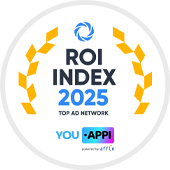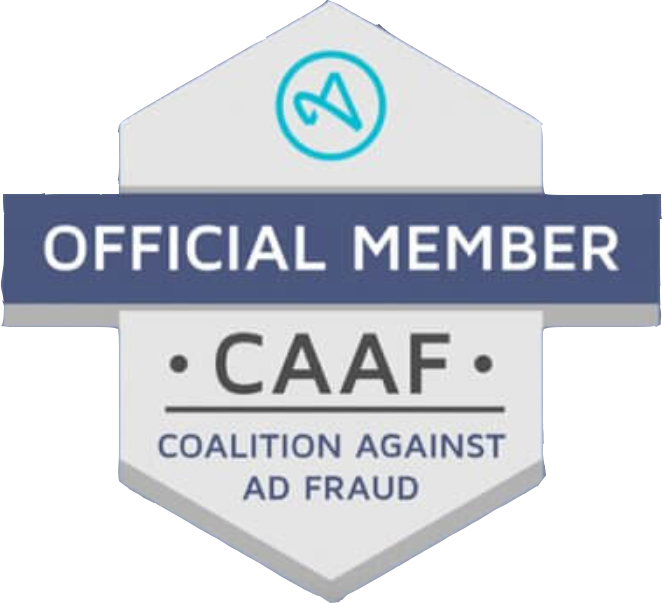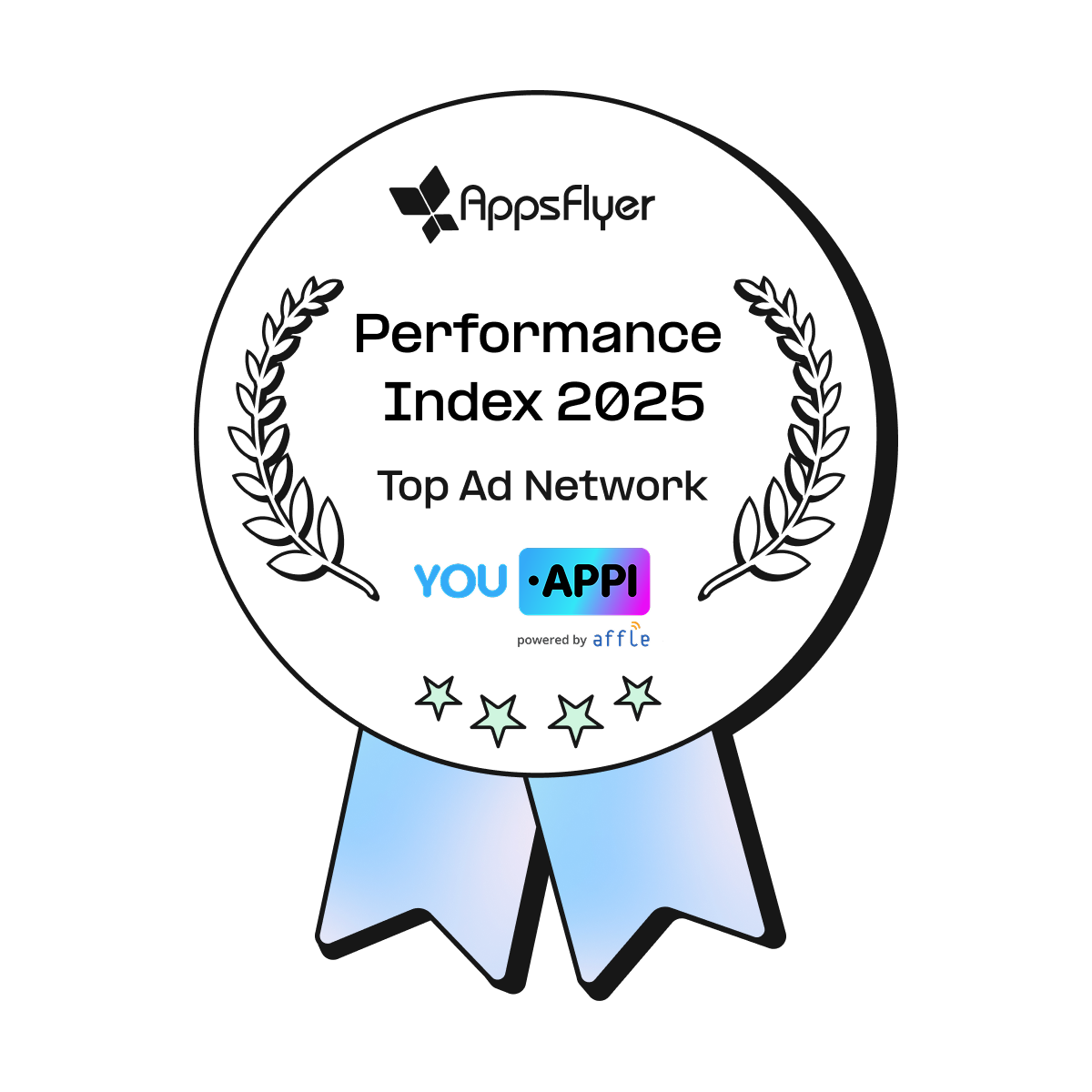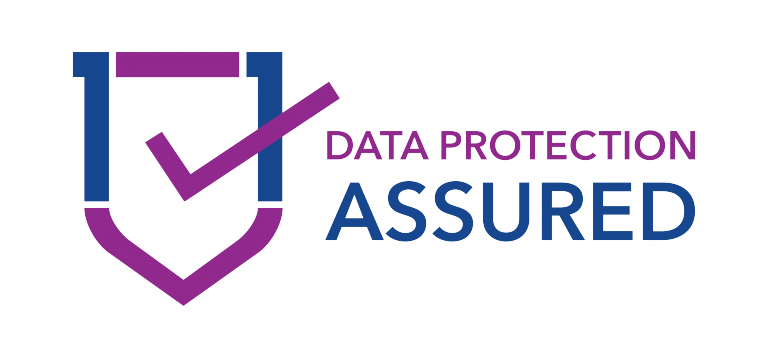Make a valuable mobile connection.
YouAppi DSP can get you 2.5x in uplift by connecting people to apps and retaining engaged mobile users.
Mobile In-App Advertising, Retargeting Company
Make a lasting impression, the first time and the second time around.
YouAppi's programmatic mobile app retargeting products puts your app where you want it - top of mind. A holistic marketing funnel approach activates valuable users, keeping them engaged, growing your app revenue.
For every app, our retargeting DSP offers a tailored approach with flexible integrations, optimizations, and transparent reporting going beyond downloads.
Recognized. Certified performance to help our clients win with Re-Engagement Campaigns.







Mobile In-App Advertising & Retargeting
Change the way the game is played
YouAppi's in-app advertising engages valuable users and reactivates recent installs, increases engagements, and re-engages dormant users to grow your app revenue. We offer a tailored approach with flexible integrations, optimizations, and transparent reporting going beyond downloads.
Our approach to mobile in-app advertising allows you to be proactive at the awareness stage, before users become inactive, to increase user loyalty and brand recognition with YouAppi. Continue to meet your mobile in-app advertising app growth targets with our retargeting services.




Connect with us to connect with them.
Talk to an ExpertCustomer focused, users engaged.
Trustworthy. Dependable. Tech Heavy.
We are your friends in mobile advertising. We have your back and are always thinking of ways to innovate mobile in-app advertising. We are your partners, sticking by your side and helping you along the way.
What our mobile in-app advertising clients are saying:
Working for you. Trusted by the world's biggest brands.






























